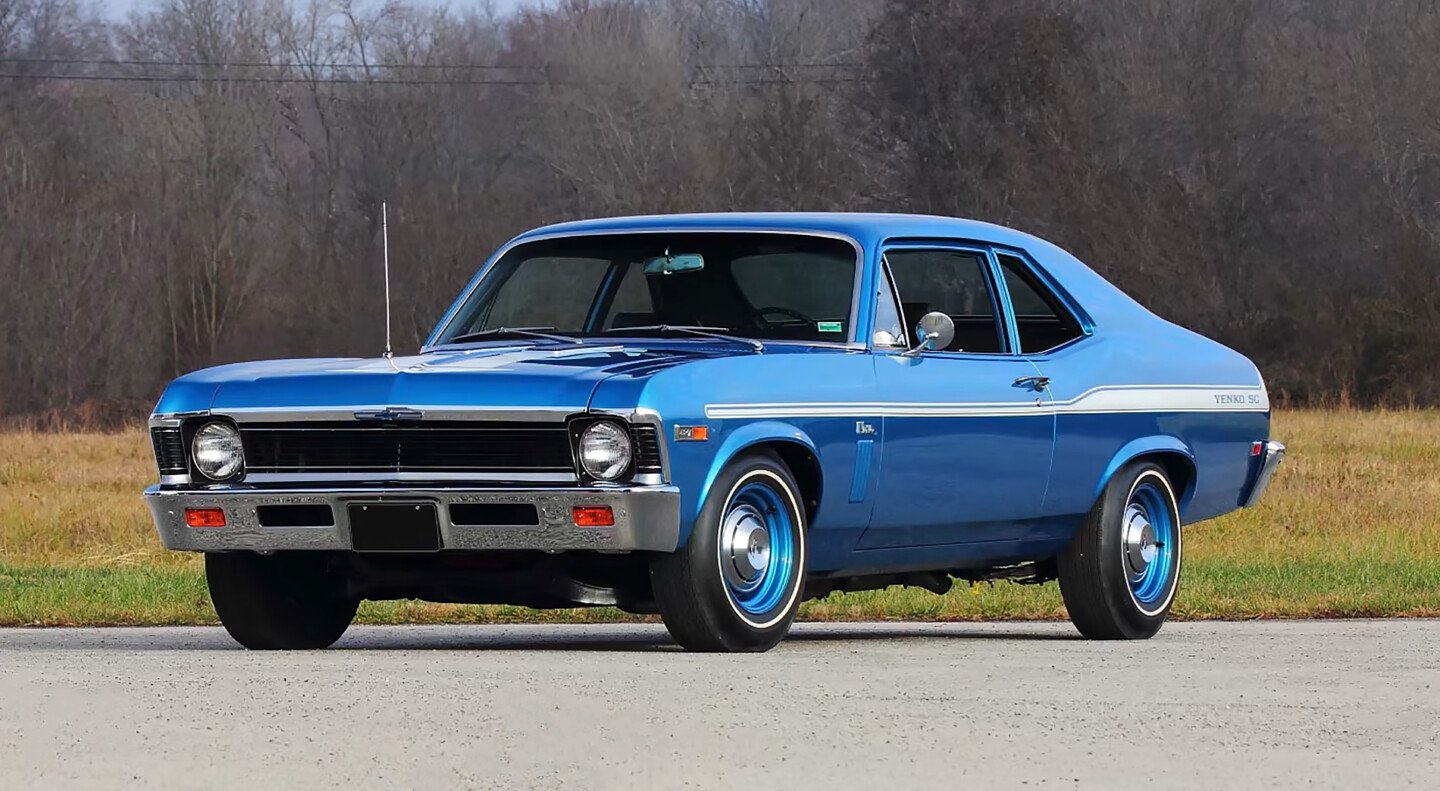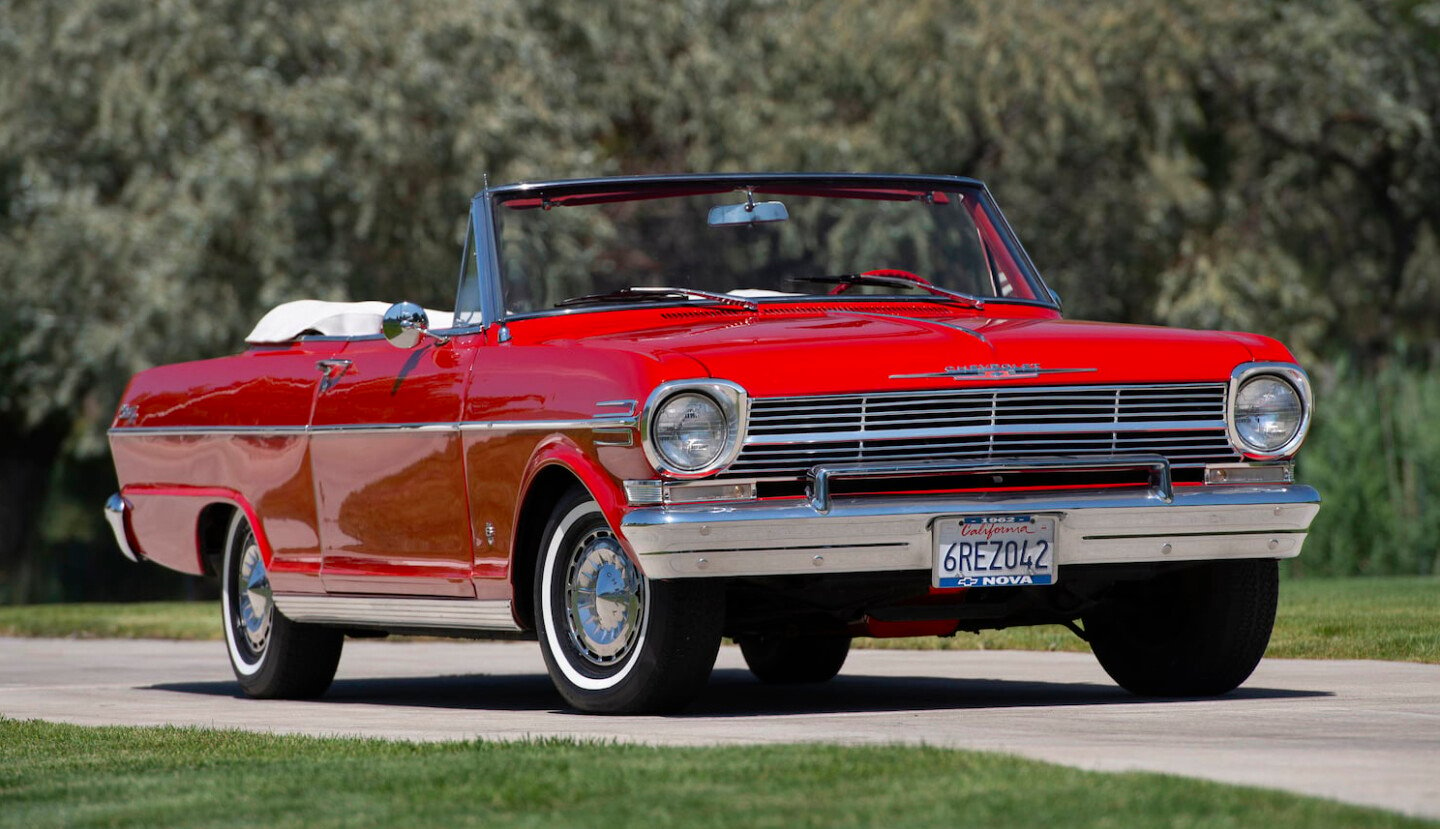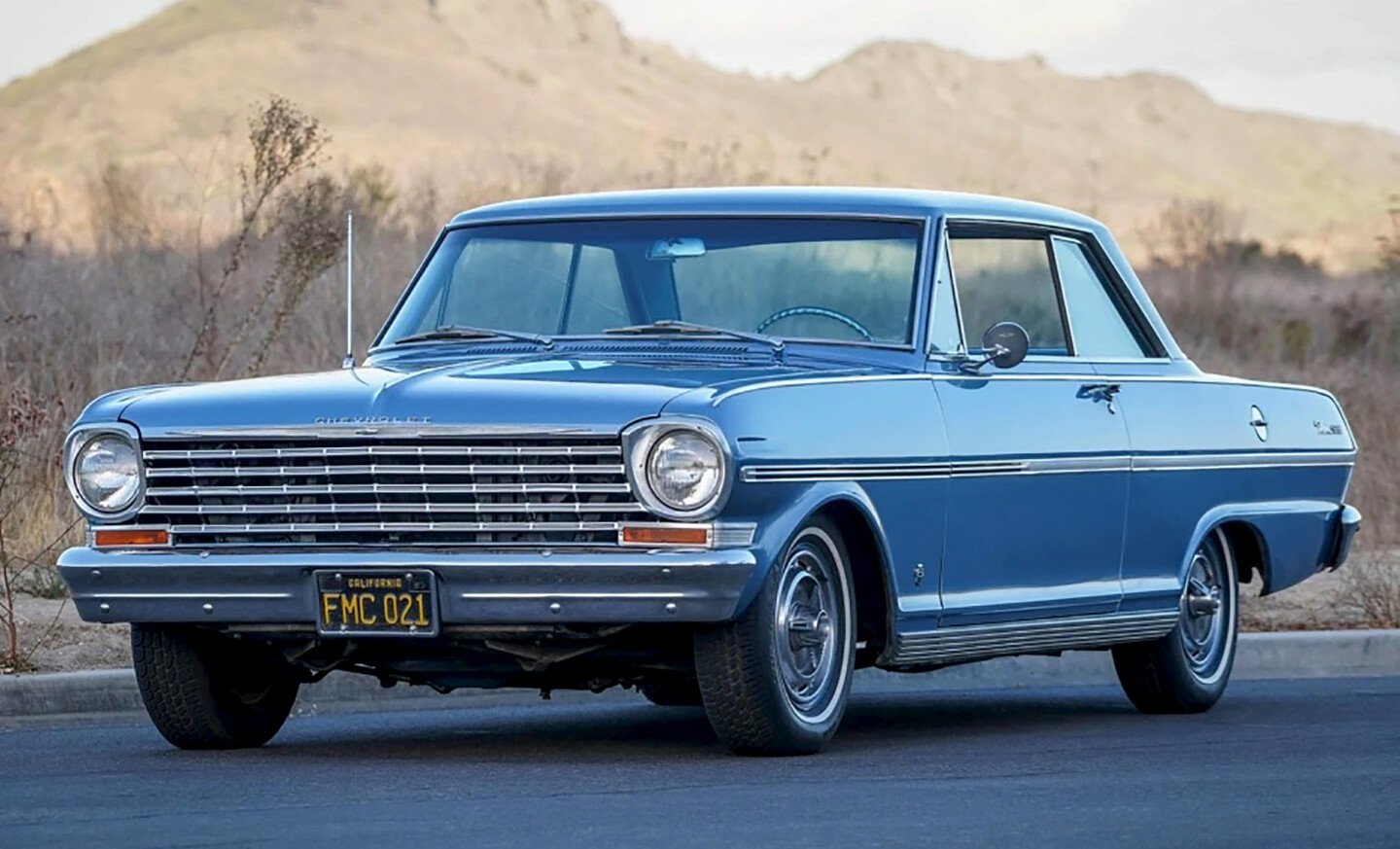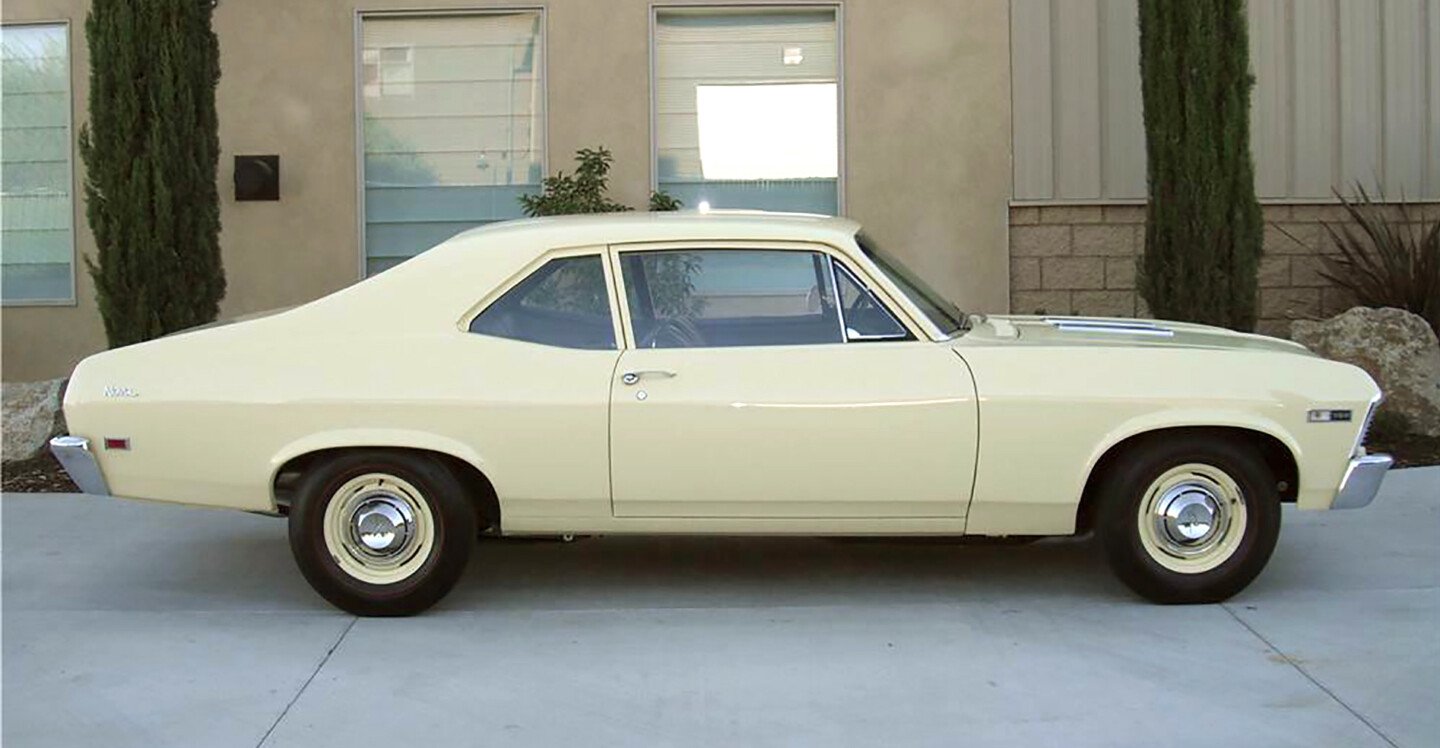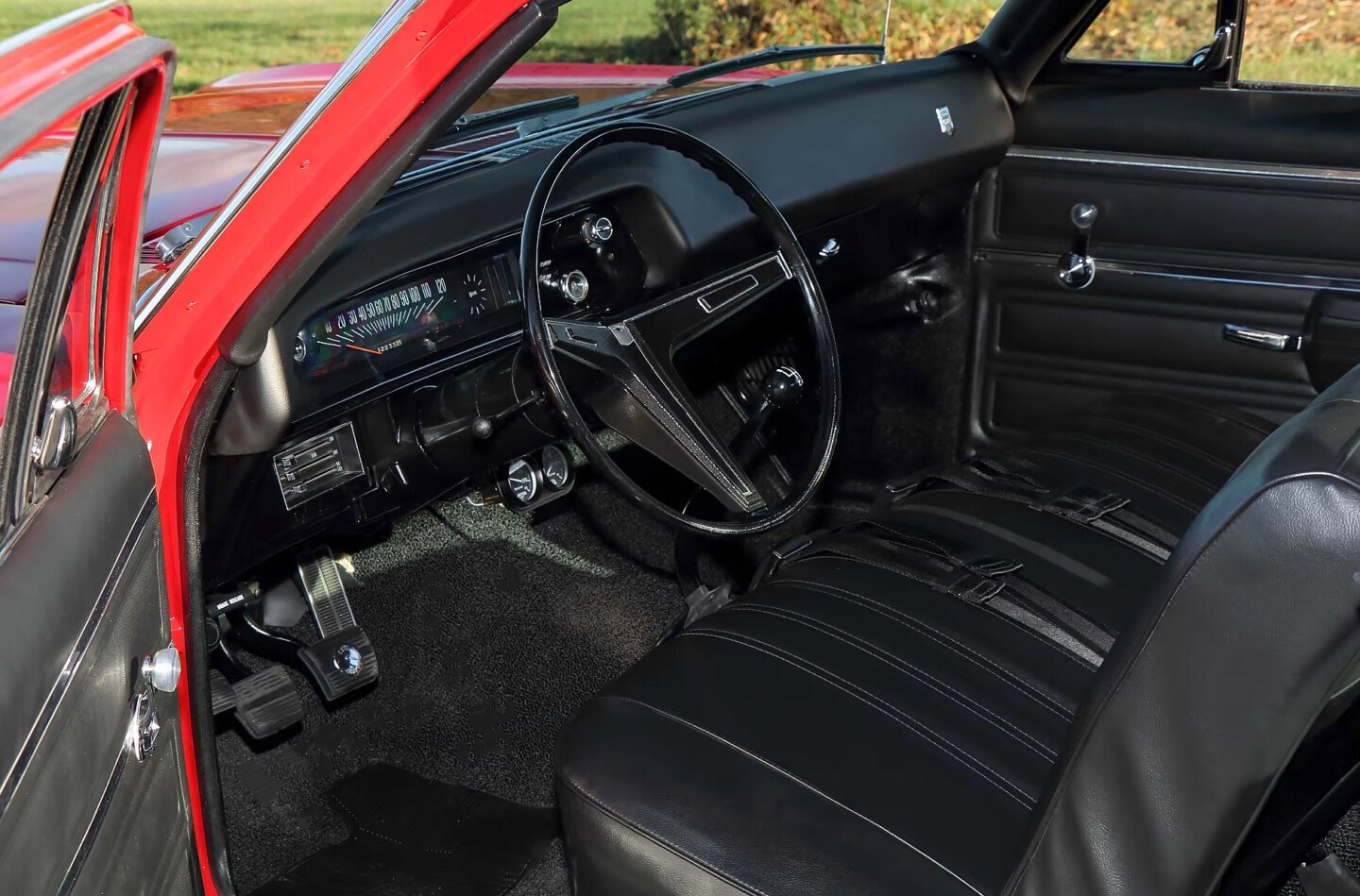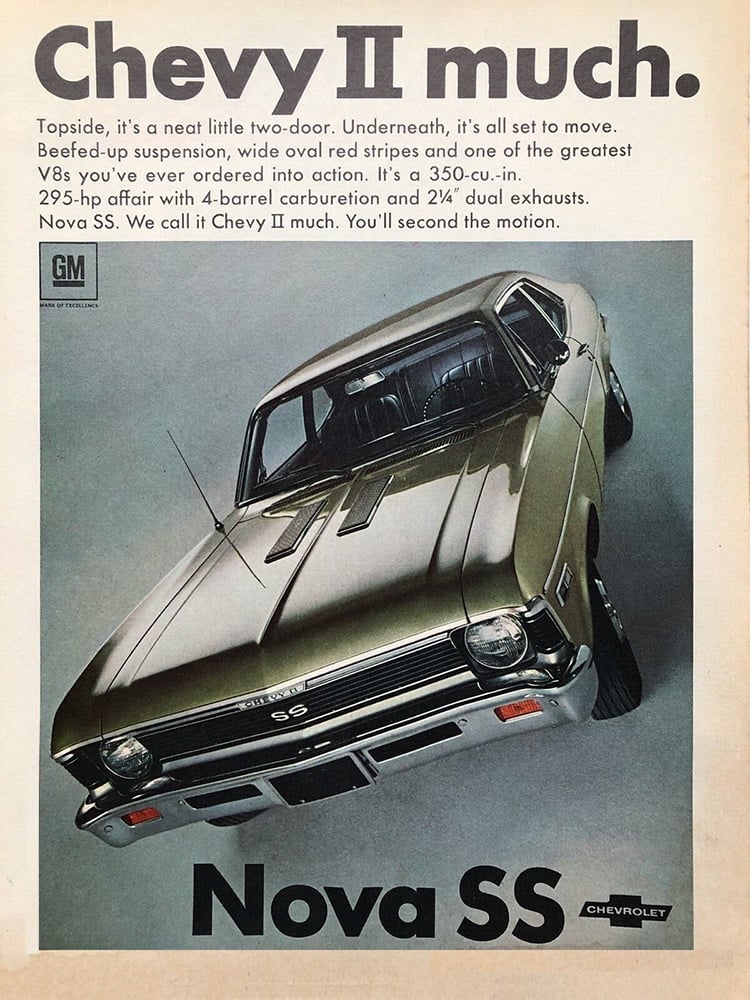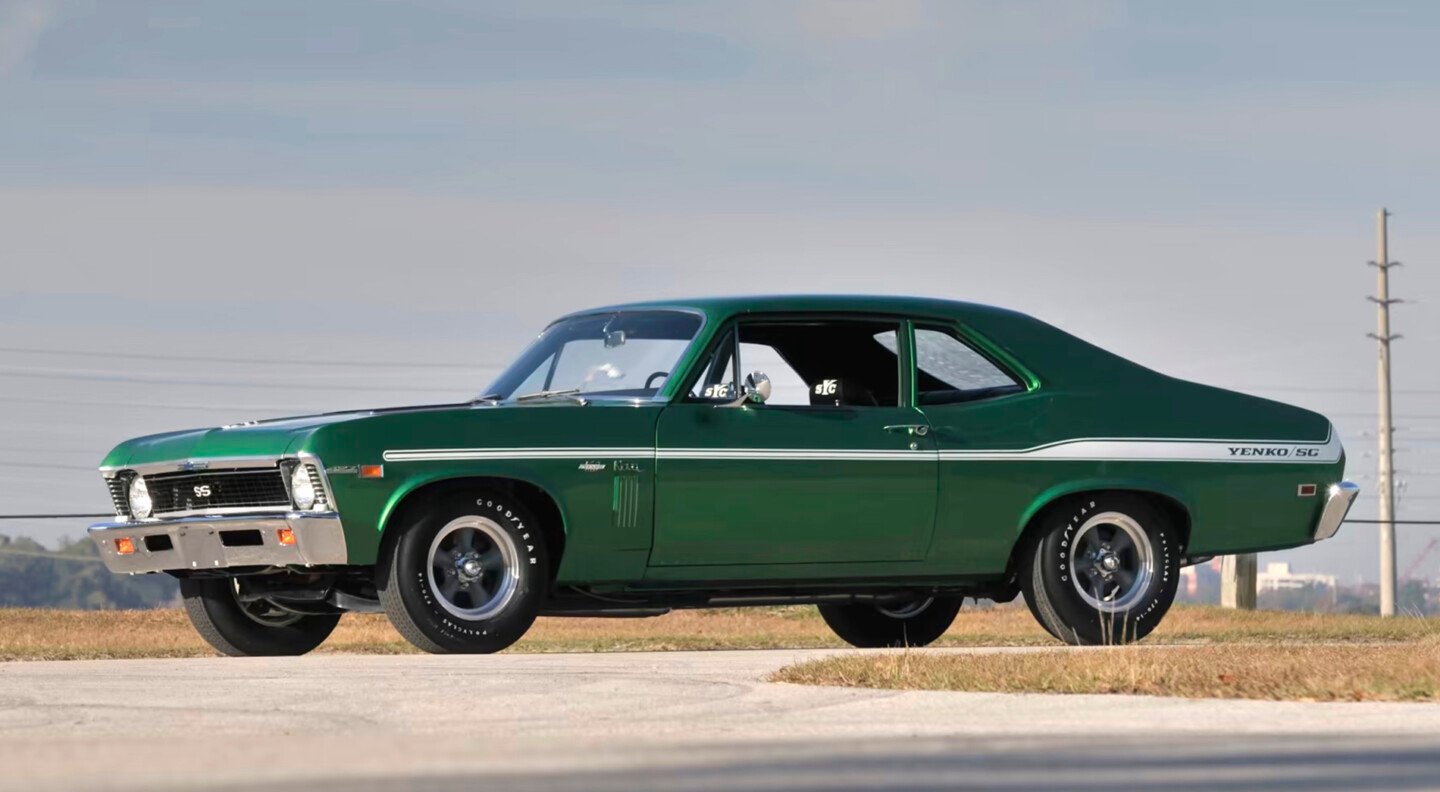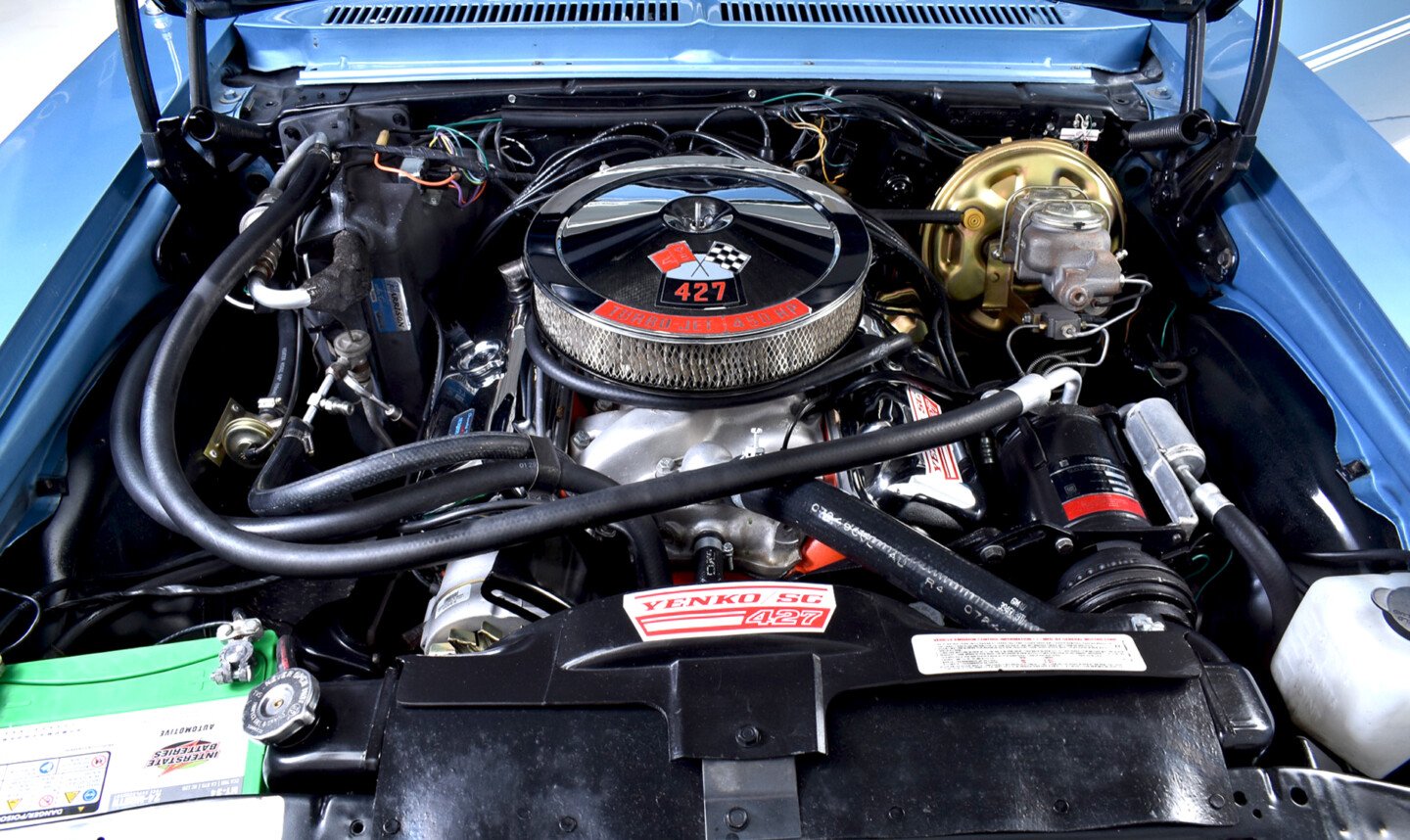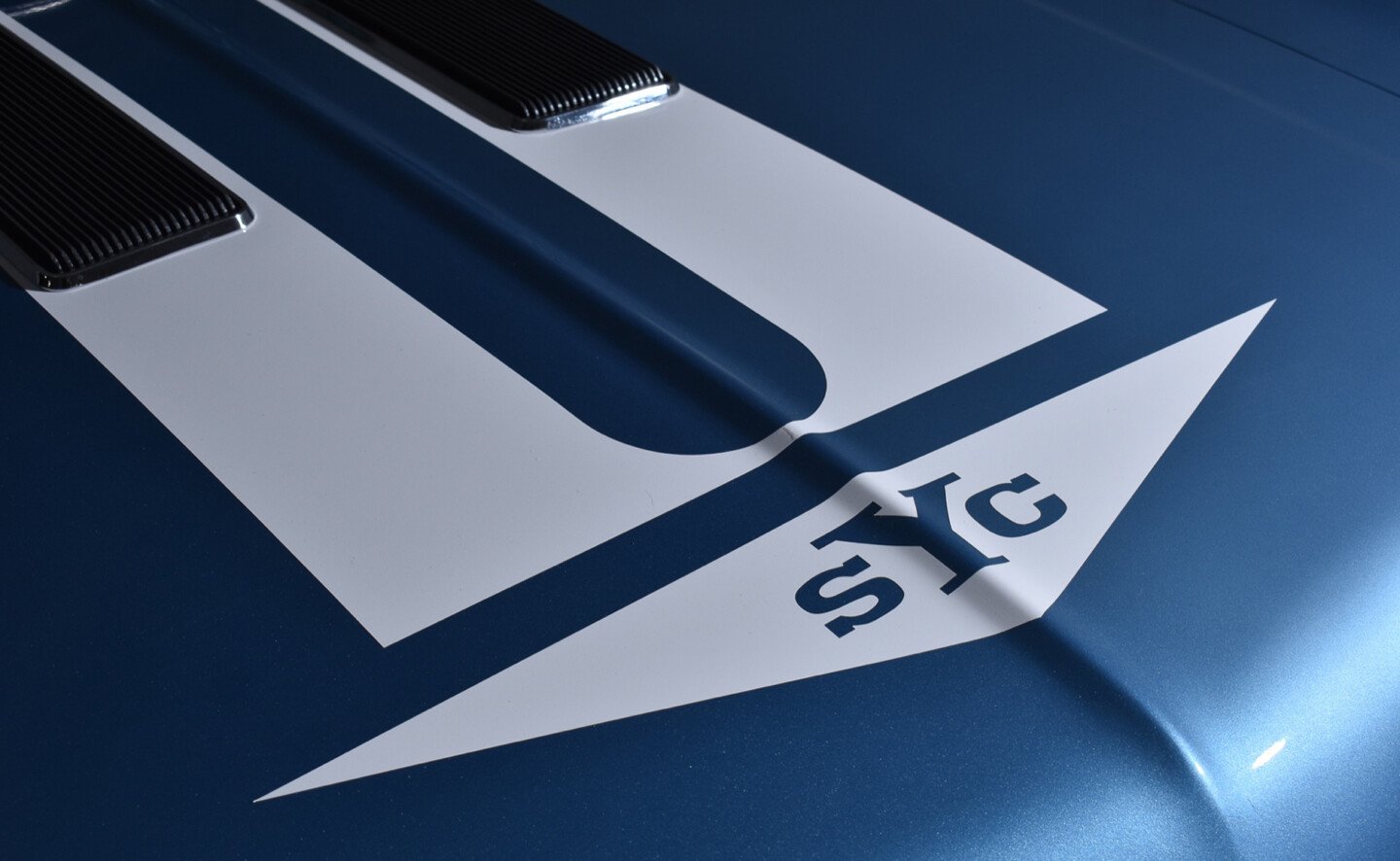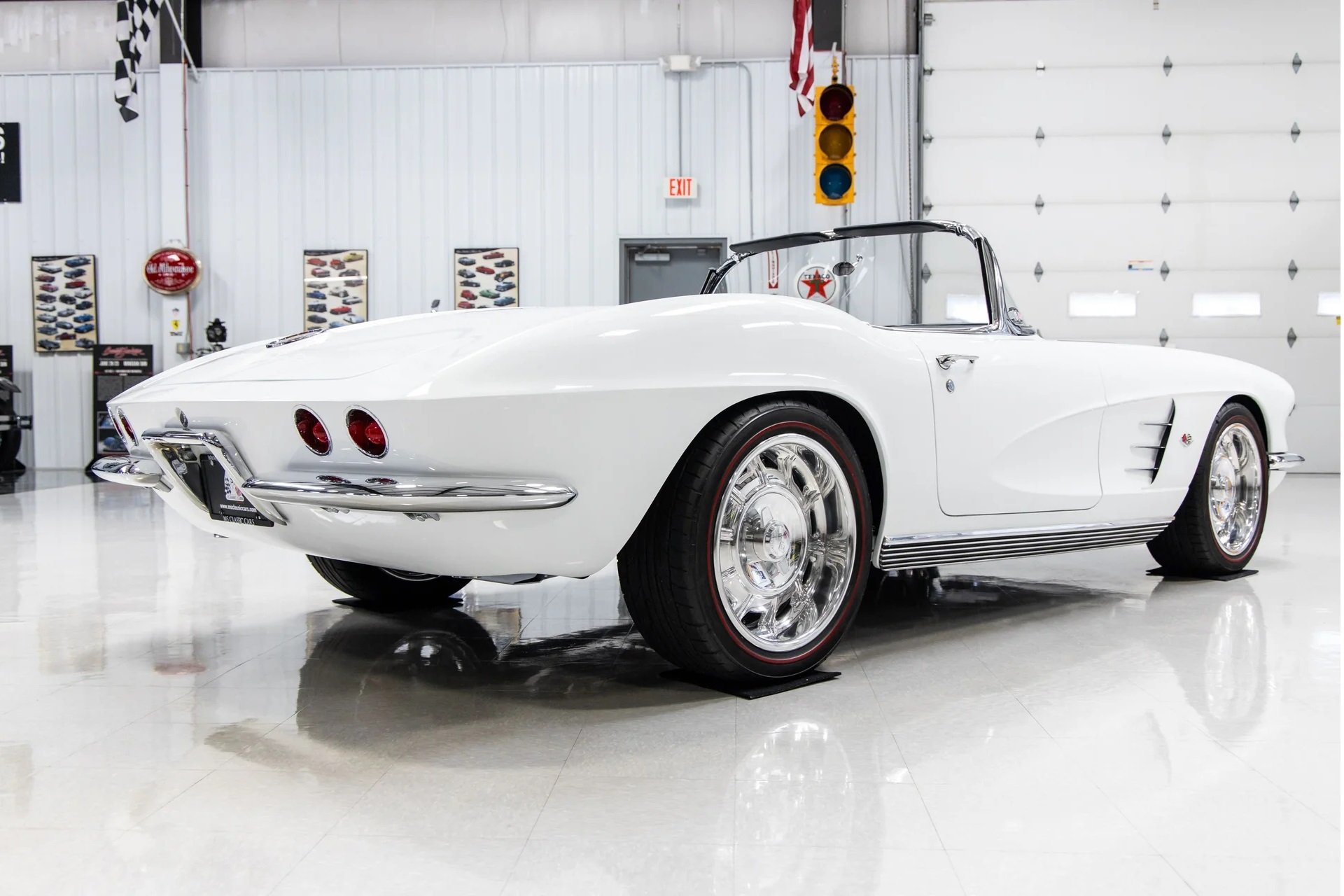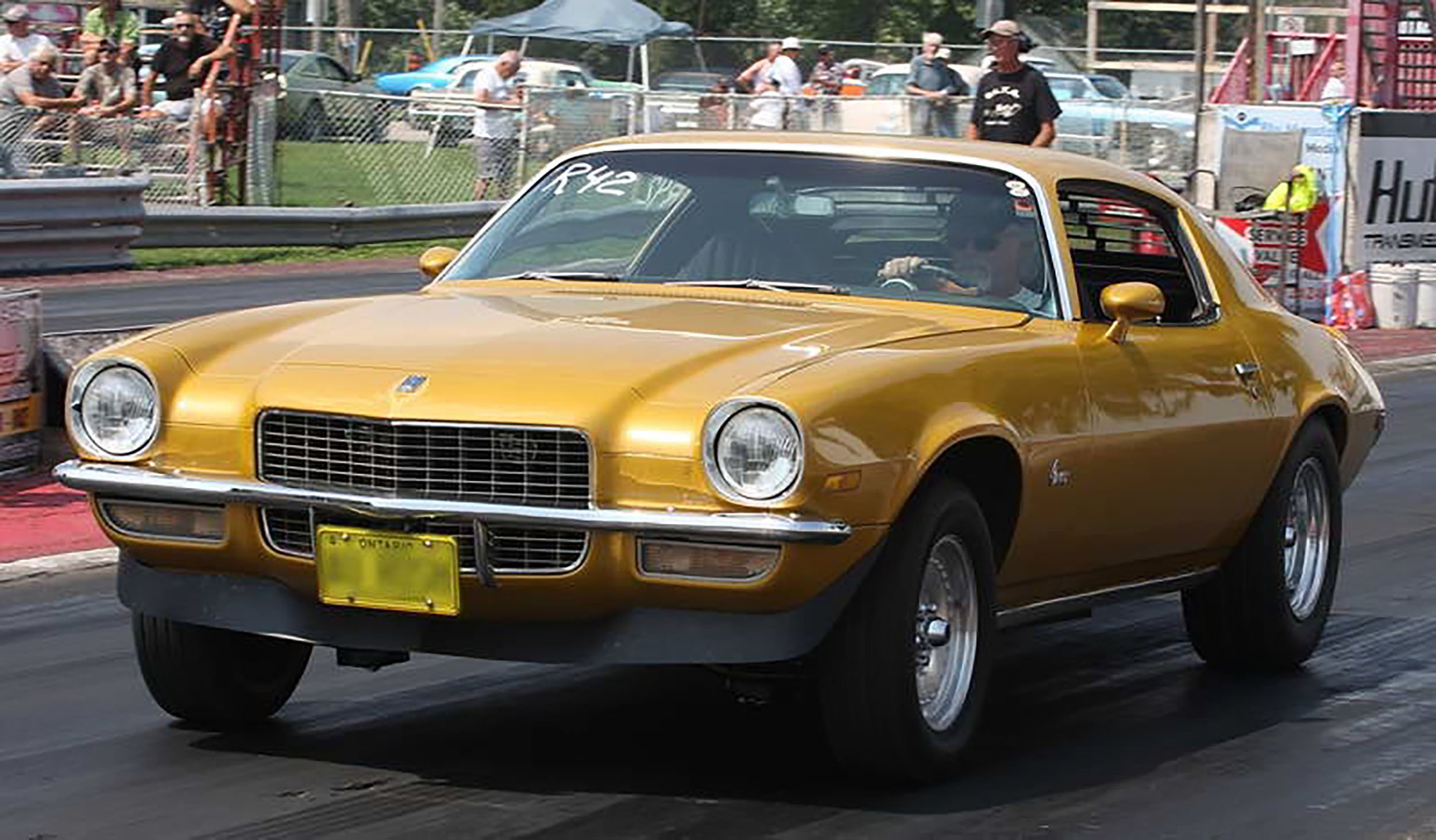The original muscle car era of the 1960s and ‘70s saw a cadre of legendary figures rise to the top of the automotive world by virtue of their vision in bringing outstanding performance cars to fruition. John DeLorean, Bill Mitchell, John E. Herlitz, and Lee Iacocca were just a few of these titans.
In terms of specialist tuners of muscle cars from the era, the name Carroll Shelby certainly registers in the minds of many aficionados as being worthy of membership in a correspondingly high pantheon.
But query any member of the Bowtie Brigade on this subject, and a name other than Shelby’s will be uttered with fervent repetition. Credited as being the preeminent tuner of Chevrolet cars in the history of the brand, Don Yenko is seen by many Chevy fans as something of an automotive deity.
A pilot by the age of 16, an Air Force veteran, and a talented race car driver, Yenko’s road to prominence began when he took over stewardship of his father’s Chevy dealership, Yenko Chevrolet, in Cannonsburg, Pennsylvania in the late 1950s.
It was here that Yenko set up a speed shop, and began producing modified Chevys for clients and himself to race. Making his bones prepping race versions of the Corvair Corsa, which he christened the Stinger, Yenko then turned his attention to the 1967 Camaro and 1969 Chevelle, shoehorning a massive big block into the cars and adding other performance bits to create the legendary Yenko Super Camaro and Yenko Chevelle.
Though many might rest on their laurels at that point and continue to focus solely on their proven hits, Don Yenko was a different sort of fellow, and applied his magic pixie dust to another model in the Chevy roster.
In this edition of Rare Rides, we’re going to examine this other monster from the Yenko stable – the 1969 Yenko Nova S/C 427.
What ultimately became the 1969 Yenko Nova S/C 427 had its genesis almost exactly a decade earlier. In December of 1959, Chevrolet executives decided there was a gap in their lineup between the compact Corvair and their full-sized models.
To fill this slot, they green-lit the development of a no-frills, intermediate economy car. Denoted the H-35 project, lead designer Clare MacKichan and his team created the new vehicle in just 18 months, representing one of the quickest developments in General Motors’ history.
The car, dubbed the 1962 Chevy II (the top trim line was known as the Nova 400), featured handsome, but decidedly conservative styling with sharp lines and creases abounding. This lent it a svelte, sporty look, especially in two-door and convertible forms.
The car’s powertrains hardly supported that image though. The entry-level motor consisted of a 90 horsepower, 153 cubic-inch inline four, and the optional engine (standard on Nova 400s) was a 194 cubic-inch six, good for just 140 ponies.
Sales of the Chevy II line were nonetheless excellent, with 326,607 units sold, thus cementing the new car into Chevy’s lineup for the foreseeable future.
1963 saw the notable release of the Chevy II Nova SS (Super Sport) model. Available as a package on Nova 400 coupes and convertibles, and following the pattern first established by the 1962 Impala SS, the Nova SS included an all-vinyl interior with front bucket seats, a floor shifter with console, expanded instrumentation, 14-inch SS wheel covers, bespoke exterior and interior trim, and SS badges galore.
The following year, Chevy catered to public demand, and made a V8 available in the Chevy II/Nova for the first time, fitting the venerable 283 cubic-inch, 195 horsepower lump in the car. A 220-horsepower version of the 283 would be available mid-year.
Such was the success of the V8-powered Chevy II/Novas, that Chevrolet upped the ante in the ’65 model year, adding 250 and 300 horsepower versions of Chevy’s 327 cubic-inch V8 to the engine option roster, and in ’66 went even further, dumping the 350 horsepower, L79 327 V8 straight from the Corvette Stingray into the car.
It wasn’t until the 1968 model year though that Chevrolet got truly serious about the Chevy II/Nova and unleashed a totally redesigned car that most think of when the model is discussed.
Built on the new, X-body platform with a bolt-in subframe that incorporated the engine, front suspension, and transmission crossmember, this generation Chevy II/Nova had a longer wheelbase than its forebear.
The car featured sporty, long hood/short deck proportions and a semi-fastback shape that led one automotive writer to dub it a “Camaro sedan.” This was appropriate, since the wagon, convertible, and hardtop coupe were gone, leaving only two- and four-door sedan configurations to choose from.
A lightweight at 2,995 pounds, the new car was purposely designed to be large enough up front to swallow any sized Chevy V8/transmission combo without fuss.
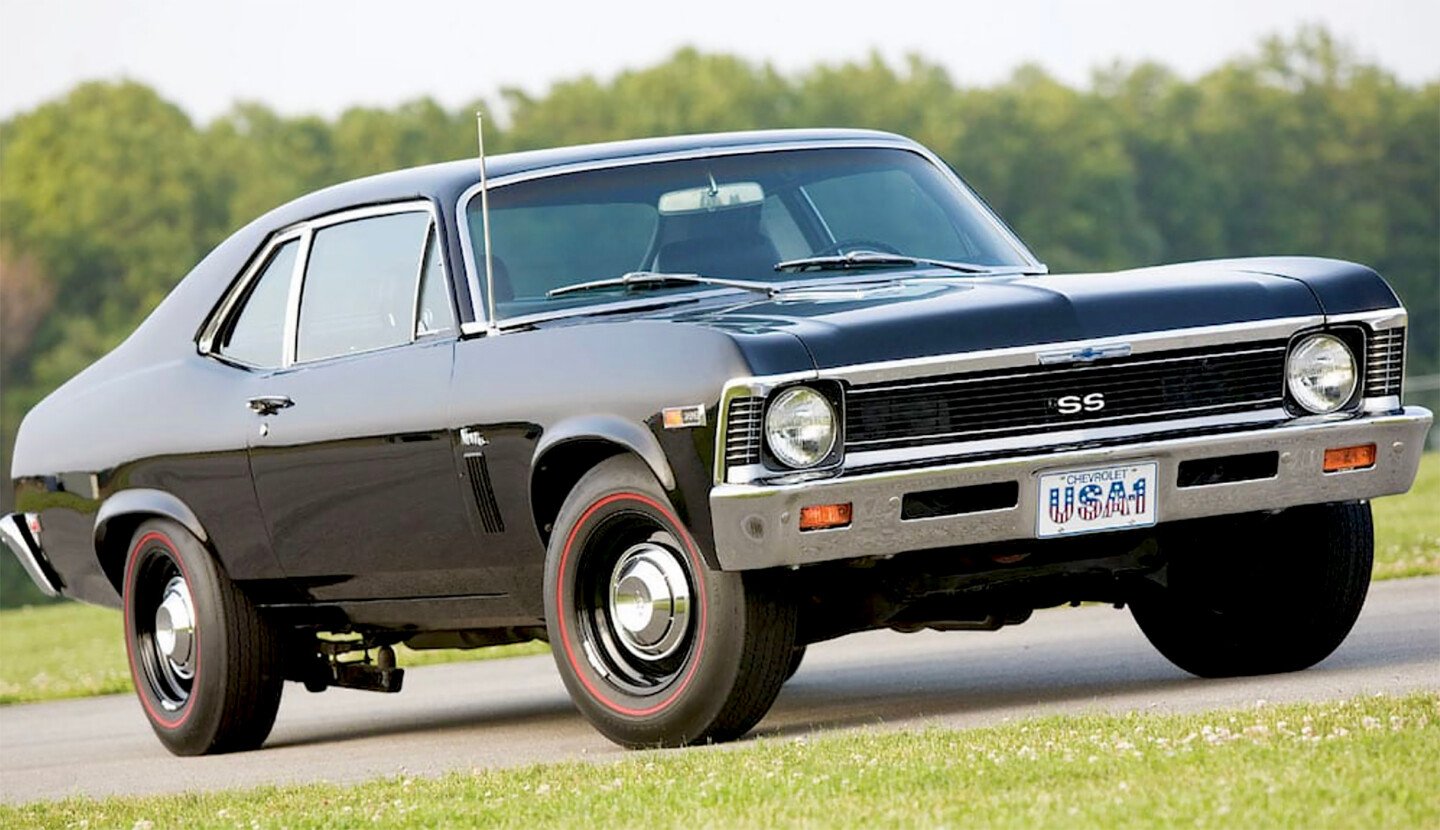
The Super Sport was now a full-blown performance package instead of a trim option. (Photo courtesy of Auto Influence.)
While lesser trims were offered with a slew of inline-four, inline-six, and V8 options, the Nova Super Sport, now a full-blown performance package instead of a trim option, brought the muscle.
Standard was a 295-horsepower four-barrel version of the 350 cubic-inch V8. Buyers needing more grunt had two big-block V8s to choose from: the 350 horsepower L34 396, or the fire-breathing, L78 396 good for more than 375 ponies and a stump-pulling 415 lb-ft of twist.
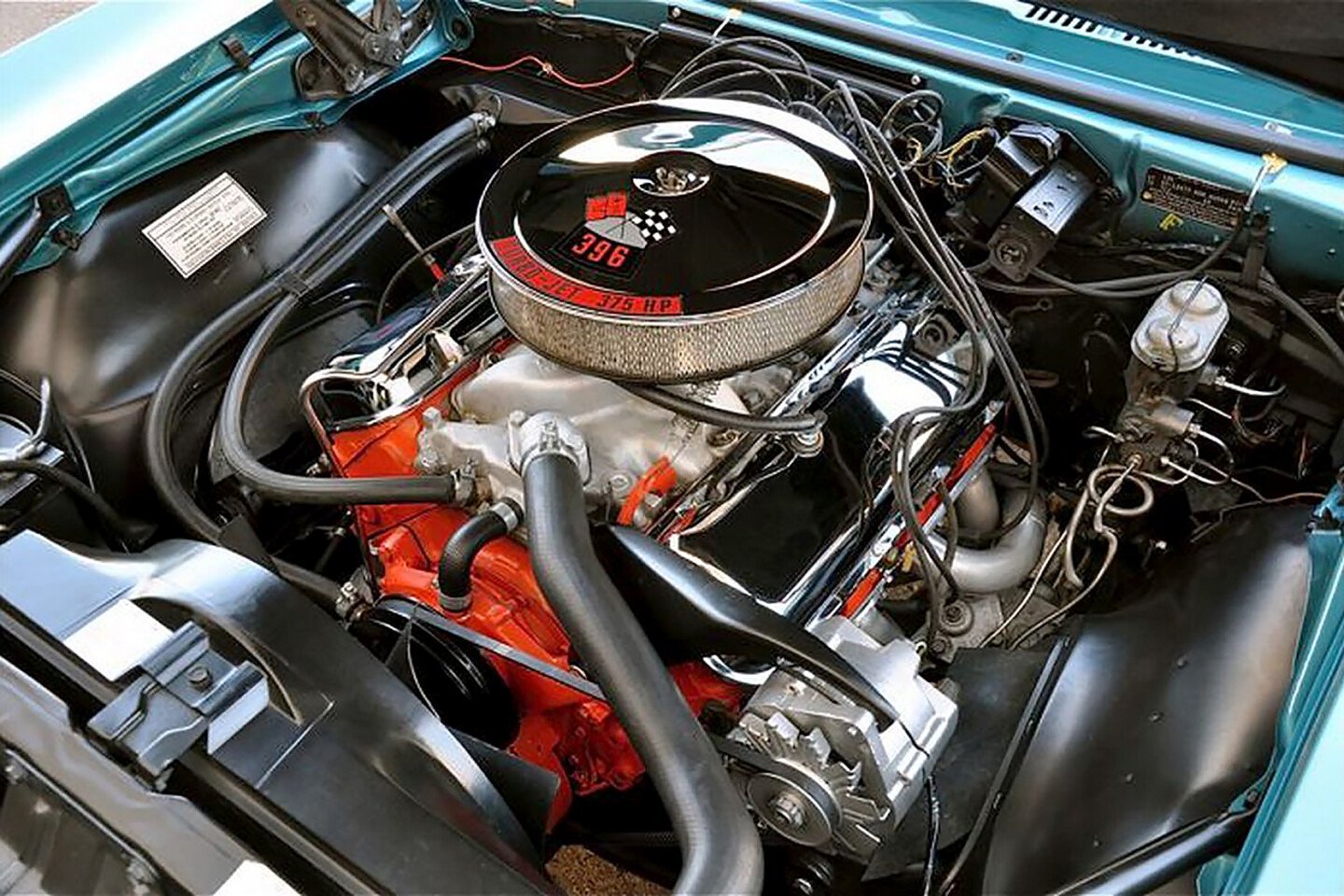
The 375 horsepower L78 396 cubic-inch V8 was the top offering for the Nova SS in 1968. (Photo courtesy of Chevy Hardcore.)
396 cubic-inch V8 buyers could choose from the Muncie M-13 three-speed manual transmission, or the M-20, M-21, or M-22 “Rock Crusher” four-speed manuals. L34 cars could also be ordered with an M40 Turbo-Hydramatic slushbox.
GM’s 8.875-inch, 12-bolt rear was standard on 396ci cars and could be fitted with 3.07, 3.31, 3.55, 3.73, 4.10, 4.56, or 4.88 gears. Positraction limited-slip was an option.
Standard F40 Heavy-Duty suspension on the big-block SS cars consisted of unequal-length upper and lower A-arms, coil springs, tubular shock absorbers, and an anti-roll bar up front, with parallel multi-leaf springs and tubular shocks out back. An enhanced F41 package was available as an option and included revised front and rear springs and shocks.
For shedding speed, the Super Sports cars came with 9.5-inch finned brake drums with a dual-circuit master cylinder. 11.0-inch front discs, with or without power assist, were optionally available. Wheels consisted of 14×6-inch steelies with a variety of covers, and were wrapped in E70-14 red-stripe rubber.
Exterior enhancements of SS cars over standard Chevy II/Novas were refreshingly minimal, and consisted of SS badging in the black-accented grille and tail panel, and simulated air intakes on the hood. Only the engine call-outs in the form of front fender badges would tip off street and strip competitors of what they were up against.
As on the outside, Super Sport models featured few upgrades over standard cars on the inside. SS badging on the deluxe steering wheel was the main indicator that this wasn’t your grandmother’s Chevy II/Nova.
Performance from the Super Sport Chevy II/Novas was, as one would expect, strong. A road test of an L78 396/M-22/4.10 Positraction SS performed by a major automotive publication in August of 1968 yielded a 5.9-second zero-to-sixty burst and a 14.5-second quarter-mile at 101.1 mph. Serious numbers for 1968.
But even that kind of performance wasn’t enough for some, including a particular Chevy dealer from Cannonsburg, Pennsylvania.
While most Chevy fans were lauding the new SS big-block Novas, Don Yenko was focused on the fact that an ever bigger, more potent powerplant wasn’t in the cards from the factory for 1968.
Meeting with the Chevrolet executives that had aided him in his Camaro and Chevelle projects, Yenko pitched the idea of putting the same 425 horsepower L72 427 cubic-inch V8 that powered those cars into the forthcoming, largely unchanged 1969 Nova SS.
Much to his dismay, the execs wouldn’t touch the idea with a ten-foot pole for perceived safety and liability concerns. Increasingly more stringent insurance standards might also make such a lightweight, high-powered vehicle impossible to cover.
In the face of this, Yenko had to create a workaround if a super performance Nova was to come to fruition. After some rumination, he came up with a plan.
Yenko would order 1969 Nova SS cars equipped with the 375 horsepower L78 396 lump and yank the engines at his shop. Yenko mechanics would then take 11.0:1 compression L72 427 cubic-inch crate engines if available or 427 blocks and transplant the 396 heads, aluminum manifolds, 780-cfm four-barrel Holleys, and AC Delco single-point ignitions to them. With some tuning, either method would yield a 427 Nova with roughly 450 horsepower, some 25 ponies more than stock.
Assuaged by the fact that through this method all liability would reside with Yenko and not General Motors, the Chevrolet brass sold Yenko the ‘69s. The cars were all equipped with Muncie M21 four-speeds, the 12-bolt Positraction rear with either 3.55 or 4.10 gears, the F41 front and rear heavy-duty suspension with an 11/16-inch-diameter front antisway bar, and a Delco Moraine heavy-duty master cylinder which activated the now standard Nova SS 11-inch power front discs and 9 1/2-inch power rear drums.
In addition to these cars, Yenko purchased one car equipped with a column-shifted automatic transmission which was used as a prototype that never led to a production version.
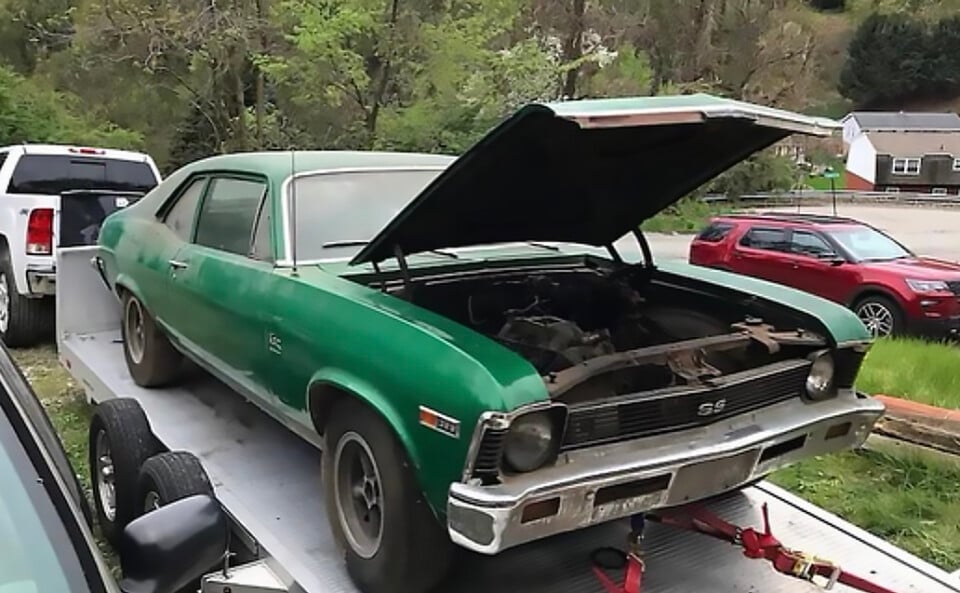
The 1969 Yenko Nova automatic transmission prototype was discovered in 2018. (Photo courtesy of Auto Evolution.)
Wheels and tires on the 1969 Yenko Novas could be either 14×7-inch two-piece stamped steel XT rims with pie pan hubcaps, 14×7 Rally wheels, or 14×6 Atlas mags with a Yenko center-cap insignia. The wheels were shod with Firestone or Goodyear E70-14 red- or white-striped tires.
Inside, the cars were outfitted with the base Chevy II/Nova interior, featuring bench seats, rubber floor mats instead of carpeting, and the two-spoke factory steering wheel. A Stewart-Warner Model 1970 8,000-rpm tachometer was added, and a Stewart-Warner cluster with oil pressure, water temperature, and amperage gauges could be mounted under the dash as an option.
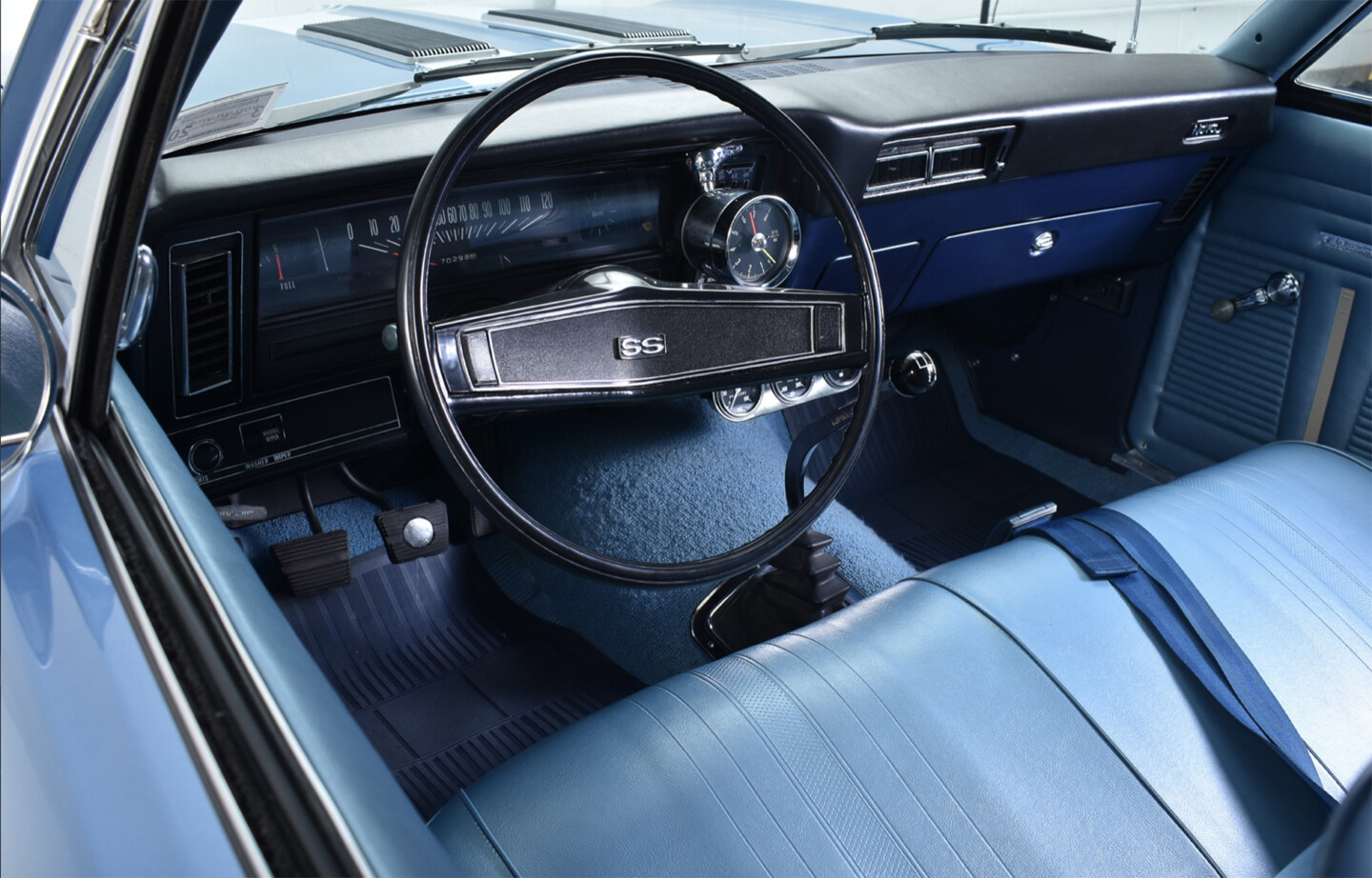
Inside, Yenko Novas were bare bones. Note the bench seat, Stewart-Warner tachometer, and underdash cluster. (Photo courtesy of Motor Car Classics.)
As with Yenko’s Camaros and Chevelles, the Novas were only offered in a few colors. They included Fathom Blue, Le Mans Blue, Garnet Red, and Rally Green. Black or white stripes with a “Yenko S/C” callout at the trailing end of the rear fenders and an arrow-shaped hood graphic gave the cars a racy look. A black vinyl top was optional.
As one would imagine, the Yenko S/C Novas were brutally quick, to the extent that Don Yenko himself later called the cars “lethal and barely legal at best,” and second-guessed whether he should have ever built them. Just how fast were they? Try 4.7-second zero-to-sixty launches, and quarter mile times that were sub 11 seconds. Crazy numbers for 1969.
427 Yenko Novas were a one-year-and-done deal owing to insurance company issues and the 1970 Clean Air Act that made the cars unsellable. As such, the following year Yenko Novas were downgraded to packing tuned LT1 350 cubic-inch engines.
In total, only 38 Yenko Nova S/C 427s were built – 37 production cars and that lone, aforementioned automatic prototype. With many of the 427 being destroyed by folks whose driving skills weren’t up to the standard of the car’s capabilities, only seven are known today to have survived.
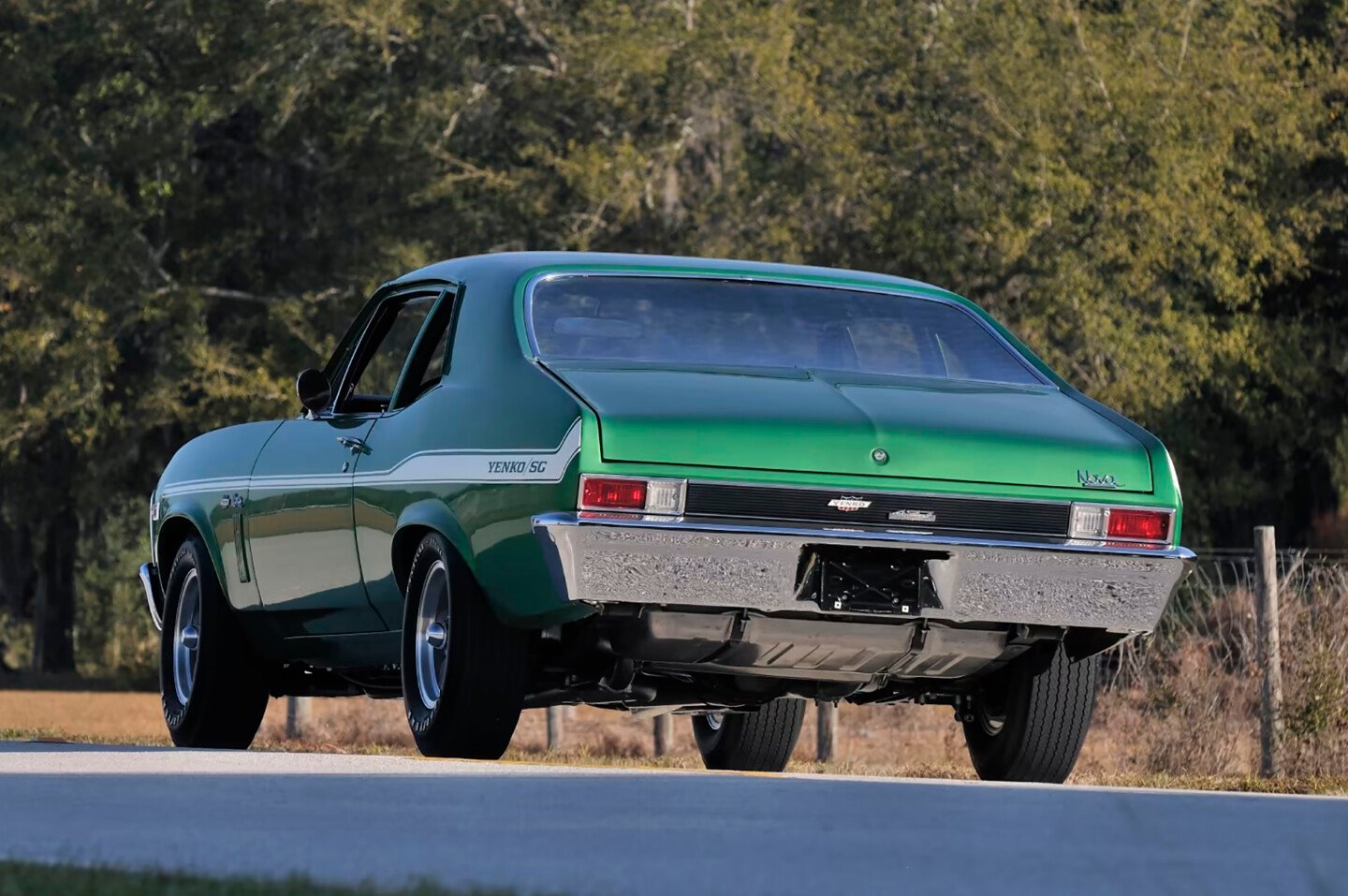
If you challenged a Yenko Nova S/C 427 in 1969, this is the view of the car you’d quickly be treated to. (Photo courtesy of Mecum.)
Due to their scarceness, Yenko Novas only come up for sale every once in a while. When they do, they fetch exceedingly high prices, with the most recent auction sales flirting with the $500,000 mark.
Admittedly a very dear number, but a pound of flesh is to be expected to own one of fastest and scarcest Rare Rides of the 1960s.

